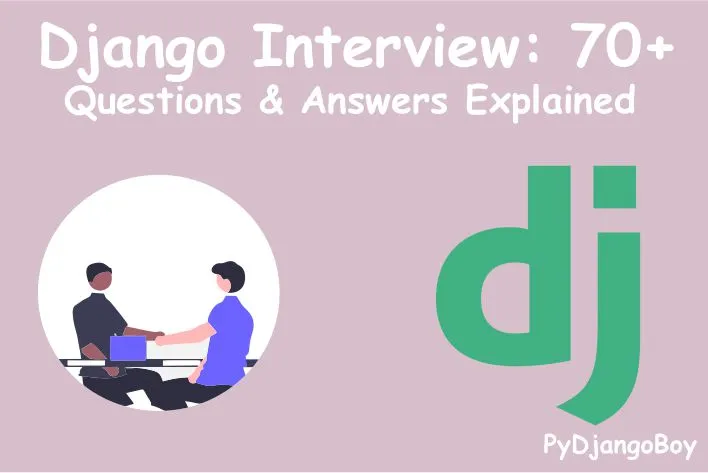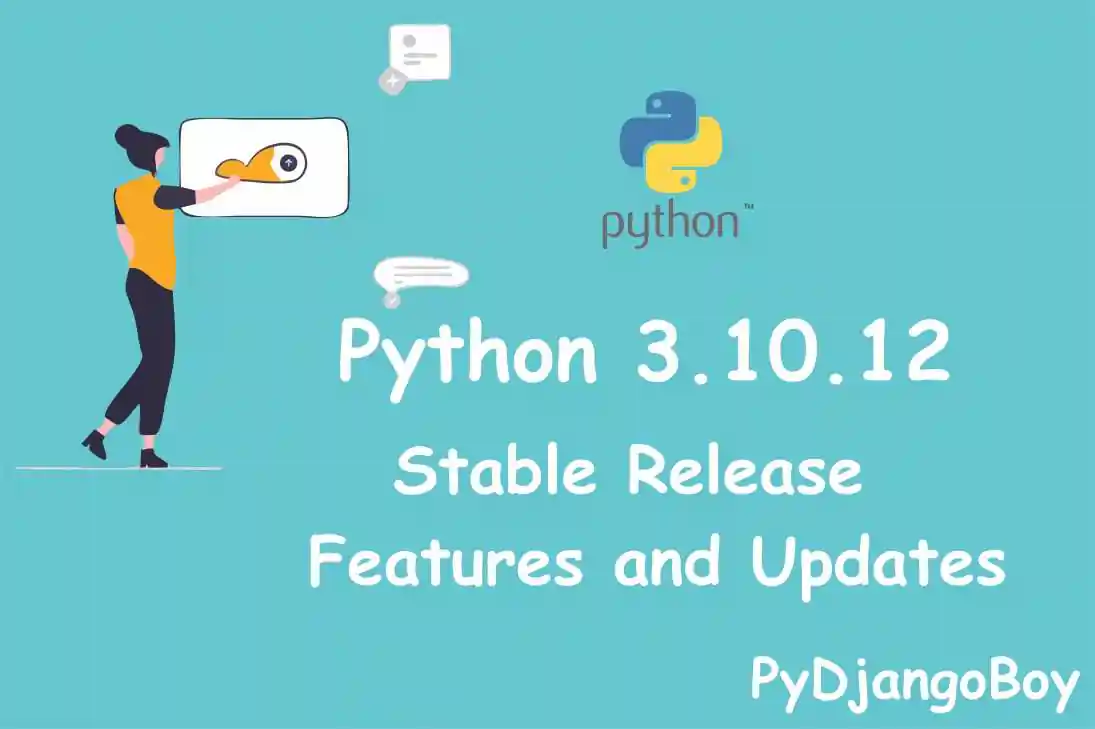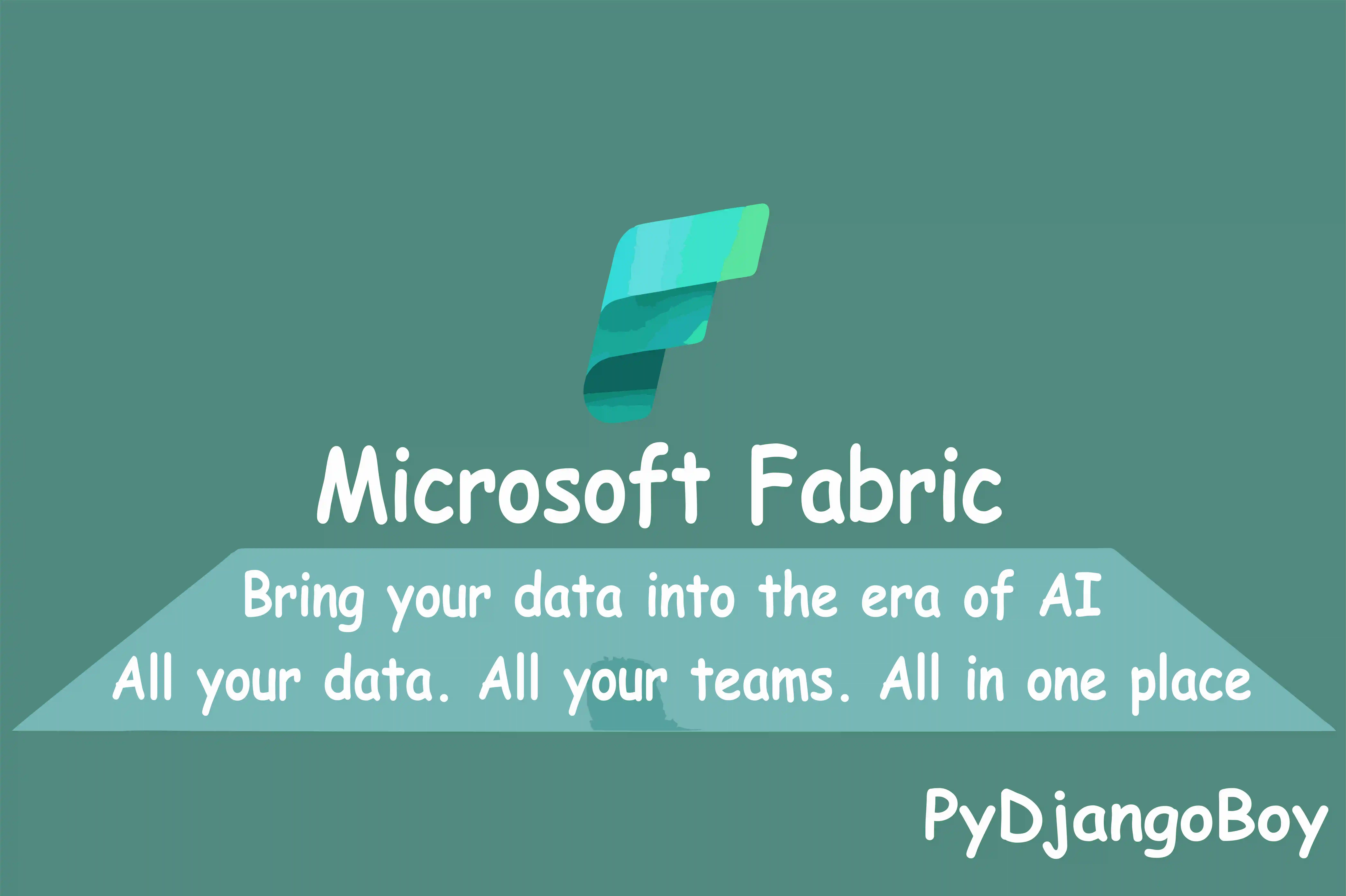Unlocking the Power of Django ORM: A Step-by-Step Guide with Hands-On Examples
Learn how to effectively use the Django ORM with a step-by-step guide and real-world examples. Optimize your queries, use built-in and custom managers, and more.

Unlocking the Power of Django ORM: A Step-by-Step Guide with Hands-On Examples
Learn how to effectively use the Django ORM with a step-by-step guide and real-world examples. Optimize your queries, use built-in and custom managers, and more. Django is a web framework for Python that includes an Object-Relational Mapper (ORM) to interact with databases. The ORM allows developers to interact with databases using Python code, rather than writing raw SQL queries.
Django's ORM is a powerful tool for interacting with databases using Python. In this tutorial, we'll go over the basics of using the Django ORM to create, read, update, and delete data in a database. We'll also cover advanced techniques such as how to optimize your queries and how to use the built-in manager and custom manager.
- Defining Models: In Django, a model is a Python class that represents a database table. Each attribute of the class represents a column in the table. You can define your models in a
models.pyfile. For example, the following code defines aBookmodel with three fields:title,author, andpub_date.
from django.db import models
class Book(models.Model):
title = models.CharField(max_length=100)
author = models.CharField(max_length=100)
pub_date = models.DateField()In this example, we're using the CharField and DateField field types, but Django also provides many other field types such as IntegerField, BooleanField, TextField, etc.
- Creating the Database Table: Once you've defined your models, you need to create the corresponding database tables. You can do this by running the following command:
python manage.py makemigrations
python manage.py migrateThis will create the necessary tables in your database.
Using the Model to Create, Read, Update and Delete Data: Now that we have our models defined and the corresponding database tables created, we can use the models to create, read, update, and delete data in the database.
Creating a new Object:
book = Book(title="The Great Gatsby", author="F. Scott Fitzgerald", pub_date="1925-04-10")
book.save()
Retrieving data from database:
all_books = Book.objects.all()
gatsby = Book.objects.get(title="The Great Gatsby")Updating an object:
gatsby = Book.objects.get(title="The Great Gatsby")
gatsby.author = "Francis Scott Fitzgerald"
gatsby.save()Deleting an object:
gatsby = Book.objects.get(title="The Great Gatsby")
gatsby.delete()- ForeignKey and OneToOneField :Django provides two types of fields for representing relationships between models: ForeignKey and OneToOneField.
- ForeignKey: This field is used to create a one-to-many relationship between two models. For example, the following code defines a
Bookmodel that has a foreign key to anAuthormodel.
class Author(models.Model):
name = models.CharField(max_length=100)
bio = models.TextField()
class Book(models.Model):
title = models.CharField(max_length=100)
author = models.ForeignKey(Author, on_delete=models.CASCADE)
pub_date = models.DateField()create a one-to-one relationship between two models. Here's an example of how to use the OneToOneField:
class Profile(models.Model):
user = models.OneToOneField(User, on_delete=models.CASCADE)
bio = models.TextField()
location = models.CharField(max_length=100)In this example, we've created a Profile model that has a OneToOneField to the built-in Django User model.
- Querysets:A queryset is a set of objects returned by a database query. You can use querysets to retrieve and manipulate data from the database. You can chain multiple filters together to create complex queries. for example:
from django.utils import timezone
recent_books = Book.objects.filter(pub_date__year__gte=2000, pub_date__lte=timezone.now())
- Custom Manager: A manager is the interface through which database query operations are provided to Django models. By default, Django adds a manager called
objectsto every Django model class. However, you can also create custom managers by subclassing themodels.Managerclass and adding it to your model. For example:
class BookManager(models.Manager):
def get_queryset(self):
return super().get_queryset().filter(pub_date__year__gte=2000)
class Book(models.Model):
title = models.CharField(max_length=100)
author = models.CharField(max_length=100)
pub_date = models.DateField()
objects = models.Manager()
new_books = BookManager()
- Queries:
- You can also use advanced query techniques, such as
select_related()andprefetch_related(), to optimize your queries and avoid the N+1 problem. select_related()andprefetch_related()can also be used to prefetch related data, which can result in significant performance improvements.Q objectsto make more complex queries.F() objectsallows to perform operations in the DB with fields of a model- Using the Model to Create, Read, Update and Delete Data: You can use the models to create, read, update, and delete data in the database. The basic methods to interact with the models are:
save(): used to create or update an object in the database.create(): used to create a new object and save it to the database in one step.all(): used to retrieve all objects from the database.get(): used to retrieve a single object that matches the specified lookups.filter(): used to retrieve a set of objects that match the specified lookups.exclude(): used to retrieve a set of objects that do not match the specified lookups.delete(): used to delete an object from the database.
- You can also use advanced query techniques, such as
This blog post is aimed to give you a solid understanding of how to use the Django ORM to interact with a database. I recommend to check the official Django documentation for more details: https://docs.djangoproject.com/en/3.2/topics/db/models/ Also, you can find more real-world examples and explore different options that the ORM provides to understand how to use it in a given scenario.

DigitalOcean Sign Up : If you don't have a DigitalOcean account yet, you can sign up using the link below and receive $200 credit for 60 days to get started: Start your free trial with a $200 credit for 60 days link below: Get $200 free credit on DigitalOcean ( Note: This is a referral link, meaning both you and I will get credit.)
Latest From PyDjangoBoy
👩💻🔍 Explore Python, Django, Django-Rest, PySpark, web 🌐 & big data 📊. Enjoy coding! 🚀📚









